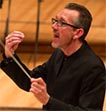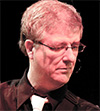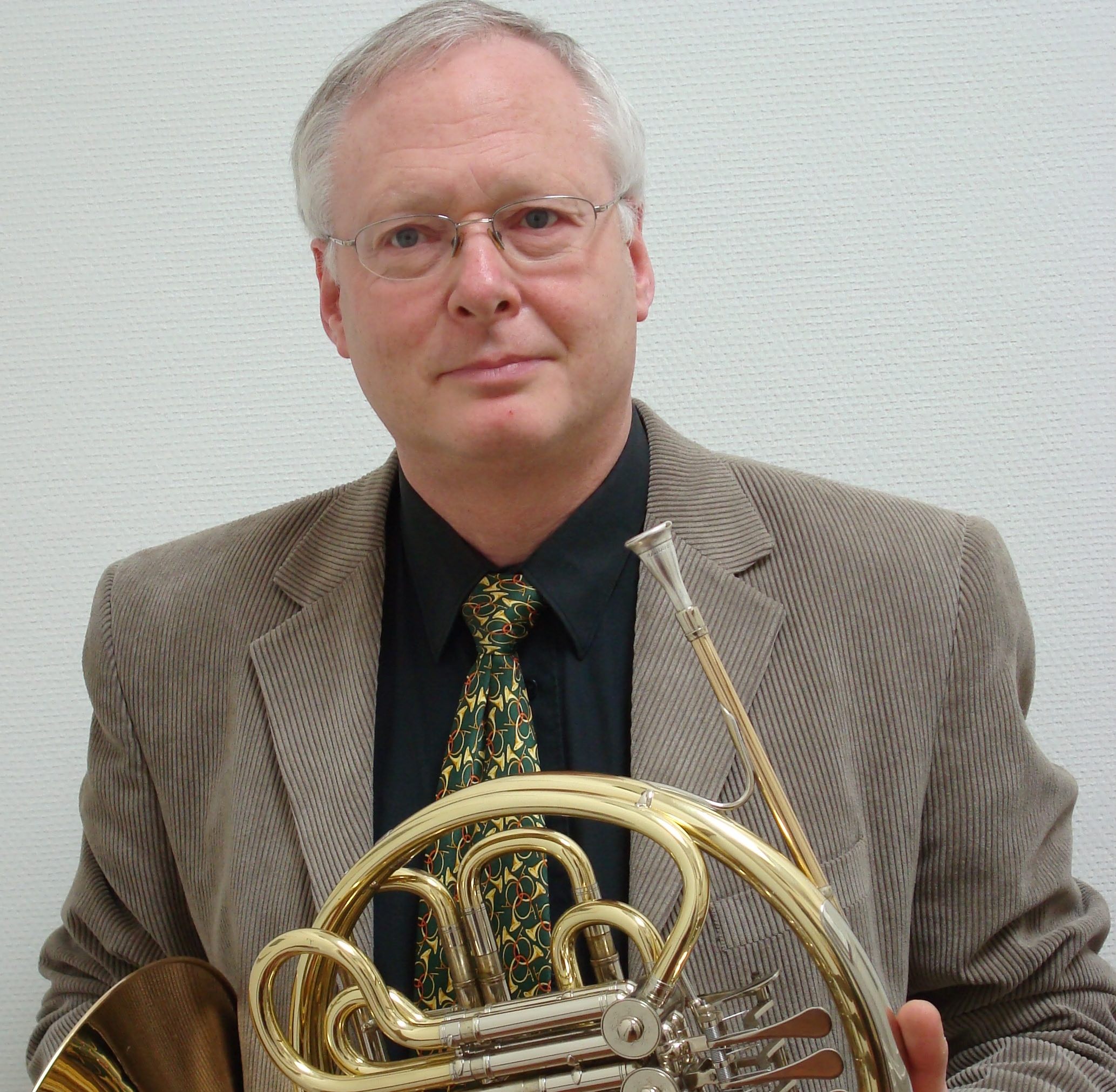For 6 horns in F - score 12 p., horn parts
Armida is an 1817 opera seria by Italian composer Gioachino Rossini. The story, roughly based on scenes from Gerusalemme liberata (1551) by Torquato Tasso, is set at the end of the First Crusade (1096-1099). The very concise overture begins in D-minor with a processional march and is followed by a very joyful, jubilant Allegro in D-major. The original introduction consists of a number of virtuosic variations for the horn section of the orchestra. The fanfare-like main theme in the following Allegro provided an extra reason to arrange the entire piece for horn ensemble.
With the purchase of this work from the Collection Herman Jeurissen, you will receive this arrangement for free: Bruckner - Aequale & Steiermärker for 4 horns in F
In the world of horn and brass ensemble music from the 18th and 19th centuries, original high-quality ensemble repertoire appears to be scarce. Additionally, students and advanced amateurs are rarely given the opportunity to perform important Romantic symphonic works by Bruckner, Mahler etc. and Wagner's great operas in their original versions. Orchestral part studies with only the original parts, and above all, a lot of rest are not always inspiring. For this reason, throughout his extensive career as a horn pedagogue, Herman Jeurissen wrote a considerable number of arrangements. These include shorter compositions by the great masters, allowing for an accessible introduction to their style and writing.
Rossini - Armida | Sinfonia for 6 horns in F - Collection Herman Jeurissen
Product Code:
979-0-3655-3650-4
Arranger
Herman Jeurissen
Composer
Gioachino Rossini
Difficulty level
6
Instrumentation
6 horns in F
Publisher
© Golden River Music
Digital delivery
available
Order #
9004077
Availability:
In Stock
-
18.87€ ex tax
Met de steun van
 Nederlands
Nederlands 




















